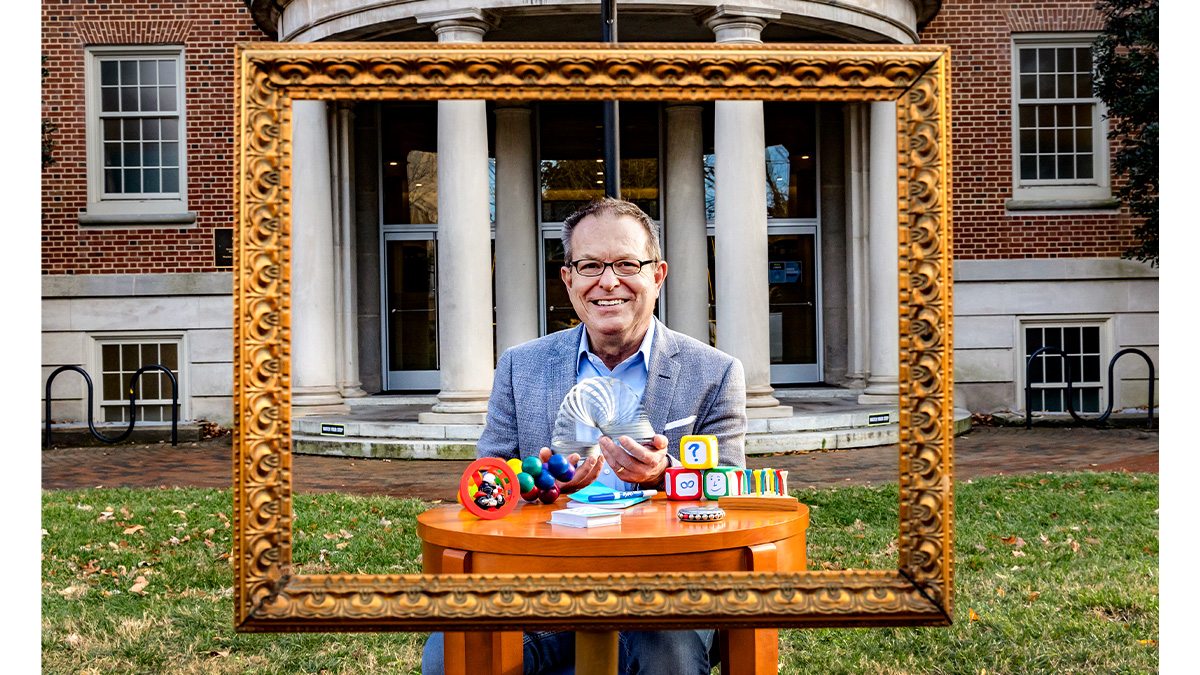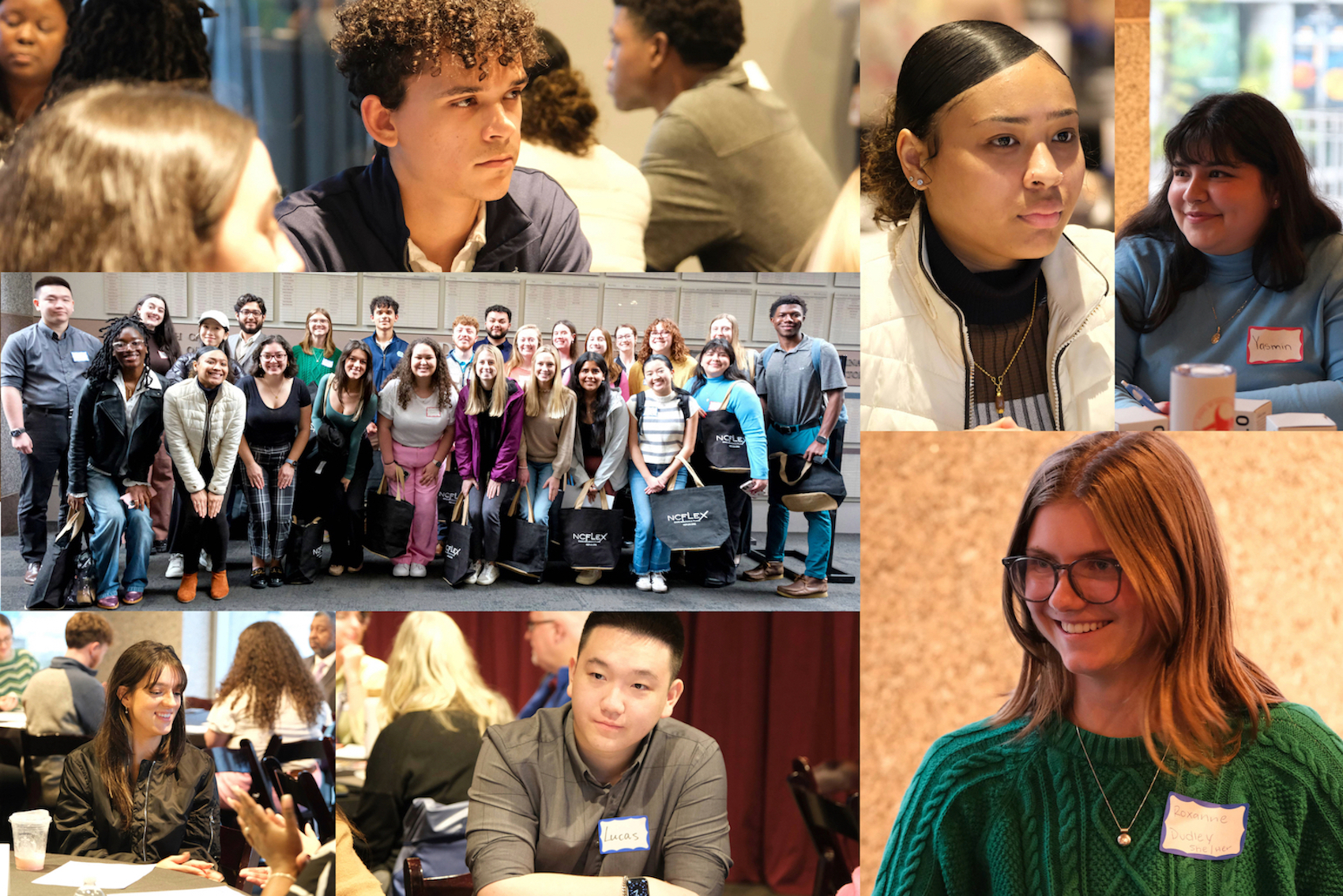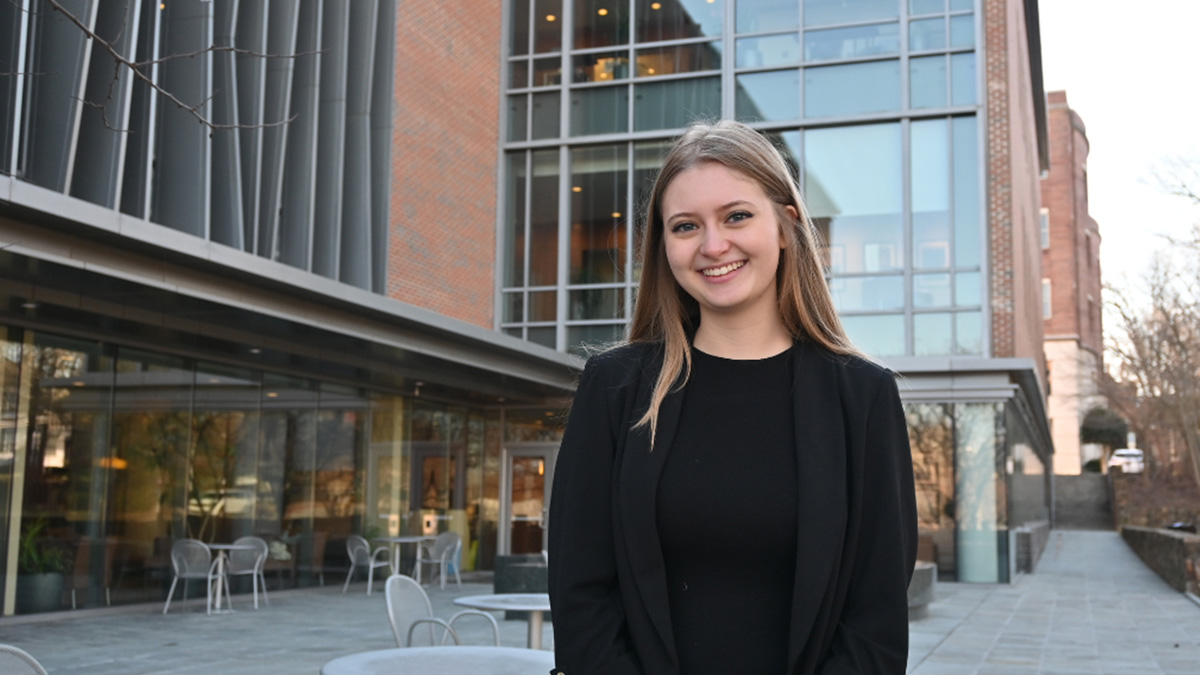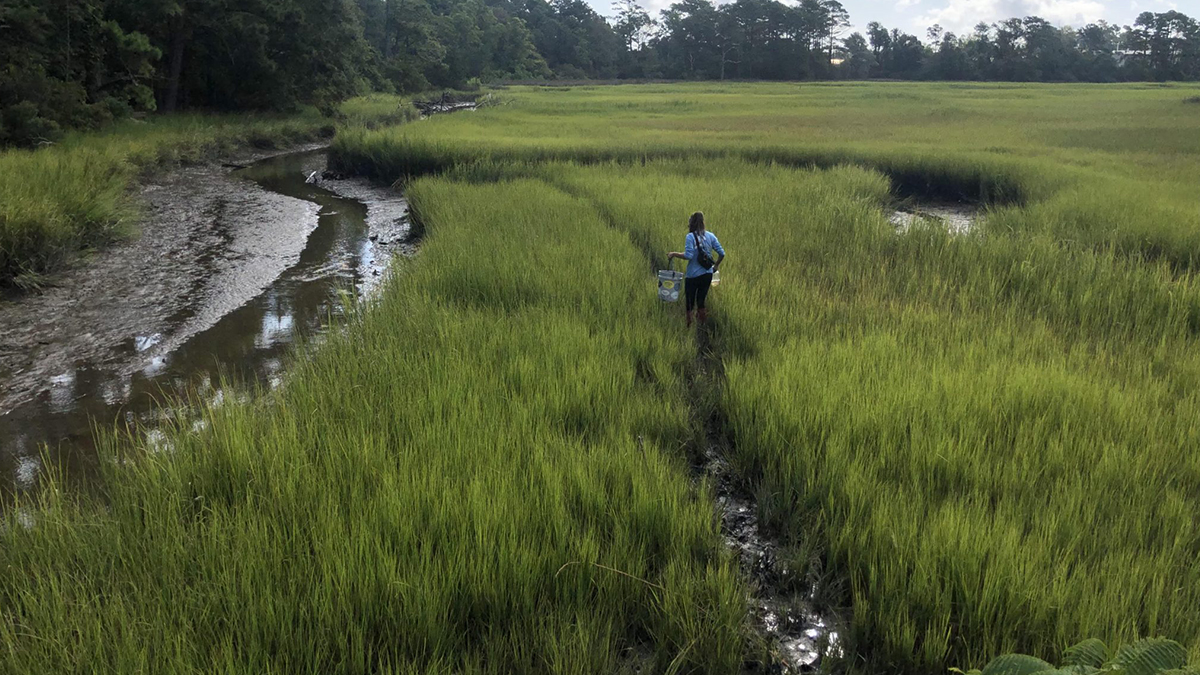How to be more creative
Keith Sawyer from the UNC School of Education shares his advice for mastering the art of creativity — a skill anybody can learn.

Creativity isn’t just for writing books or creating masterpieces for museums and music halls. It’s a skill that all of us need to tap into.
“Everybody faces problems and challenges in their lives that don’t have an obvious and easy solution,” said Keith Sawyer, the UNC School of Education’s Morgan Distinguished Professor in Educational Innovations. “For problems like that, you are going to need to engage in creativity. You can’t just use an algorithm or look it up on the internet. That’s true for most important things in our lives. There is rarely a straightforward answer, or else you would have answered it last week.”
Fortunately, creativity is a learned skill and not a genetic one. Anybody can be creative. You just need to know how to train yourself and then flex your creative brain properly.
Sawyer, who spent his career studying creativity and innovation and has authored over a dozen books on the topics, shares his advice for mastering the art of creativity.
Exercise your creativity daily
Creative people aren’t just born that way. Instead, “creative people” are masters of a creative process that can be strengthened through practice and dedication.
“Creativity comes from engaging in a certain set of practices. It’s ways of thinking. It’s habits of mind that anyone can learn,” Sawyer said. “The people who seem to be creative are the ones who have mastered this ability. Sometimes when you see it, it may look like magic because you can’t see behind the curtain, but anyone can learn how to engage in that process.”
Sawyer’s research has followed artists, designers and writers to see behind that curtain. In particular, he looks at how professors in these disciplines teach their students to explore the creative process.
Through his work, he’s found eight habits of mind that can help strengthen your grasp on the creative process. For example, one of the habits of mind is paying more attention to the world around you — little things like the window shapes on a building, what colors people are wearing or even pieces of trash on the sidewalk. Those details we hurry past every day can ultimately be material later used for creative thinking.
Sawyer has created 52 daily techniques that can help hone these skills, and they can be as simple as paying attention to the shapes you encounter throughout the day.
“In the morning, pick a shape and keep that shape in mind through the whole day. Then, look for things that have that shape,” Sawyer said. “Don’t be looking at your phone but be looking around. It’s just an example of how it gets your mind out of the focus on what you’d normally be doing.”
Embrace the creative journey
Even as you begin exercising your creative brain, it’s very unlikely that your next big idea will come to you overnight. It’s a far more iterative process.
“Creativity almost never — maybe never — comes from this big flash of insight,” Sawyer said. “But it comes from engaging in a process that is unpredictable and wandering.”
That means you’re going to be working with uncertainty and taking different twists and turns in the process. It’s going to zig and zag. Embrace it and take a small step forward each day.
“Creativity is a constant daily practice,” he said. “You’re not just waiting for one big idea, but you’re engaging in a set of practices that make you have tiny ideas all the time. ”
Never throw anything away
With all those small ideas every day, you’re going to need a way to keep track of them all. An idea you had weeks ago may suddenly take a new meaning as you move through the process.
Another one of Sawyer’s eight habits of mind comes into play here. He suggests externalizing your ideas — getting them out of your head and onto paper.
“It’s not really a useful idea until you get it out there in some way, whether it’s a sketch or you shape something out of clay. Whatever it is, get something out there every day,” he said.
Then keep those ideas. All of them. Buy a notebook and bring it with you every day.
“This is the oldest creativity advice,” he said. “If you’re engaged in this kind of active undirected creative process, you’re going to have lots of ideas all the time. Sometimes you don’t know which idea is useful until later. Sometimes an earlier idea that you didn’t think was all that creative turns out to be brilliant when it’s combined with your newer ideas.”
Get working
The key to the creative process is just getting started on the work.
Don’t wait until you have the “right idea” to start, Sawyer said. You have to dive in before you know where the process is going to take you. And yes, that does mean you may go the wrong direction from time to time, but that’s part of the creative journey.
“There’s no one who’s a famous creator who doesn’t encounter these dead ends,” Sawyer said. “You will often reach a point where you can’t continue going forward in that direction. I’m not sure I’d call that a failure. I call it a dead end or redirection where you realize that it’s not working, so you shift to go into a different direction. But that dead end, that seemed to go nowhere at the time, can later come back and be useful in some other way. So don’t think of it as a failure; think of it as part of your exploration.”
The best thing you can do, Sawyer said, is to get started — start exercising your creative brain, start writing down your ideas and start adapting your thinking habits to accelerate the creative process.
“The good news is, everybody can be creative,” he said. “The less good news is that it’s hard work. If you’re serious about being creative, you’re going to have to invest some energy and time. There’s no shortcut to creativity.”




